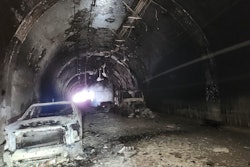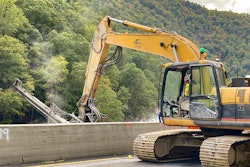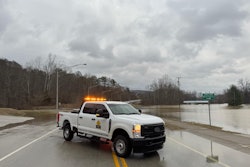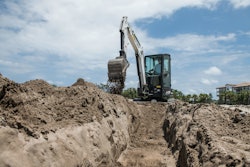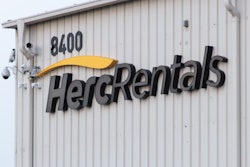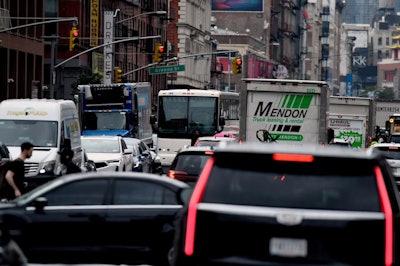
New York State’s Metropolitan Transportation Authority filed a lawsuit February 19 to keep New York City’s congestion toll in place, after the U.S. Department of Transportation pulled its approval.
Since January 5, drivers entering the “Congestion Relief Zone” in Manhattan south of Central Park have been required to pay tolls as part of a new congestion pricing program. Similar systems have been installed in cities such as London, Stockholm and Singapore.
With an E-ZPass, tolls can range from $9 at peak hours to an overnight rate of $2.25 per vehicle, with exemptions for those with disabilities, emergency vehicles, buses and certain government-owned vehicles.
“Today, the MTA filed papers in federal court to ensure that the highly successful program – which has already dramatically reduced congestion, bringing reduced traffic and faster travel times, while increasing speeds for buses and emergency vehicles – will continue notwithstanding this baseless effort to snatch those benefits away from the millions of mass transit users, pedestrians and, especially, the drivers who come to the Manhattan Central Business District,” said MTA Chair and CEO Janno Lieber in a statement. “It’s mystifying that after four years and 4,000 pages of federally-supervised environmental review – and barely three months after giving final approval to the Congestion Relief Program – USDOT would seek to totally reverse course.”
USDOT’s Federal Highway Administration notified New York Governor Kathy Hochul in a letter February 19 that it had terminated its approval.
“New York State’s congestion pricing plan is a slap in the face to working class Americans and small business owners,” said U.S. Transportation Secretary Sean P. Duffy. “Commuters using the highway system to enter New York City have already financed the construction and improvement of these highways through the payment of gas taxes and other taxes. But now the toll program leaves drivers without any free highway alternative, and instead, takes more money from working people to pay for a transit system and not highways. It’s backwards and unfair.
“The program also hurts small businesses in New York that rely on customers from New Jersey and Connecticut. Finally, it impedes the flow of commerce into New York by increasing costs for trucks, which in turn could make goods more expensive for consumer. Every American should be able to access New York City regardless of their economic means. It shouldn’t be reserved for an elite few.”
The two reasons given in USDOT’s letter for the termination of the agreement, which was originally signed under the Value Pricing Pilot Program, were that it provides no toll-free option for drivers and that the toll rate is set “primarily to raise revenue for transit, rather than at an amount needed to reduce congestion.”
The VPPP, an exception to the general rule that federal-aid highways cannot be tolled, was approved in 1991 as a pilot to test congestion reduction techniques, and New York is one of 15 states allowed to implement the VPPP.
Duffy did acknowledge in his letter to Hochul that preliminary data from MTA found the congestion toll did have a congestion-reduction benefit. Duffy also said he had received letters from New Jersey Governor Phil Murphy and New Jersey Department of Transportation Commissioner Francis O’Connor expressing concern for how the toll would impact New Jersey communities.
MTA had stated previously that 80% of the expected revenue from the tolling program, about $12 billion, would go toward improvements to the city’s buses and subways. Some of the first projects lined up for toll funds included tunneling for subway routes, upgrading subway station accessibility and ramp reconstruction and main cable dehumidification on the Verrazzano-Narrows Bridge.
Hochul has said the cameras used to enforce the tolls will remain on as the case makes its way through the court.




